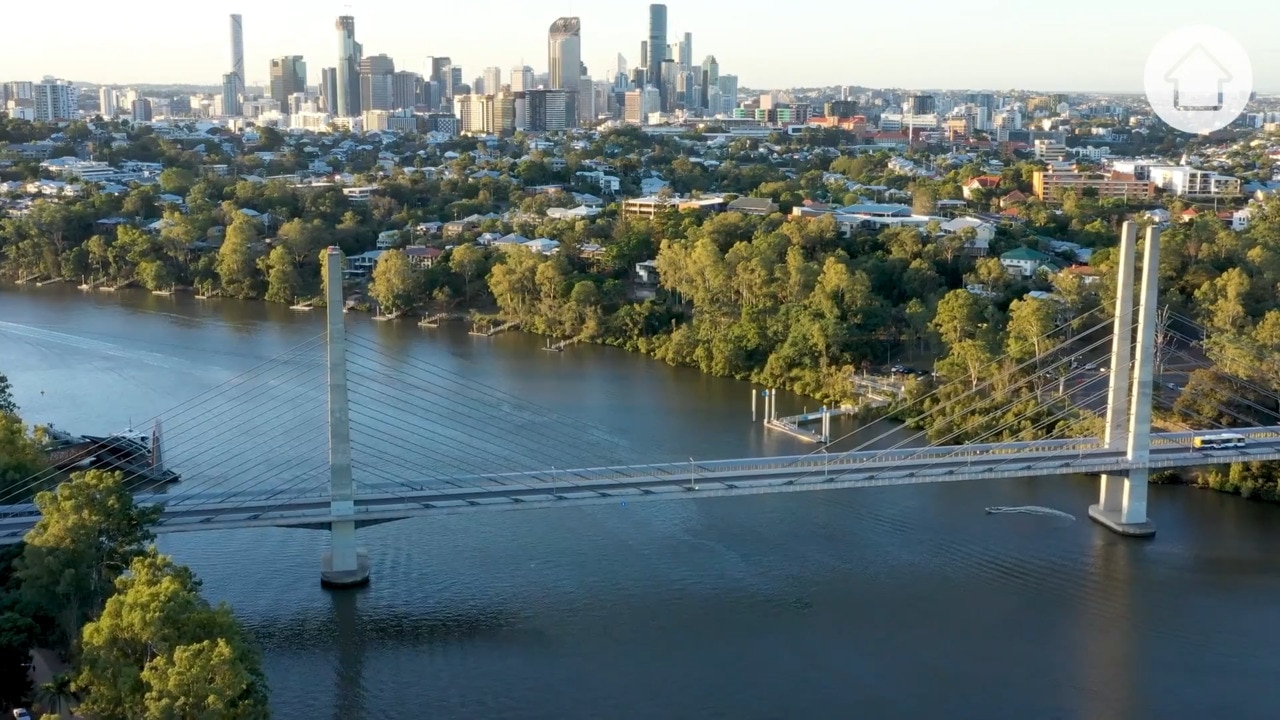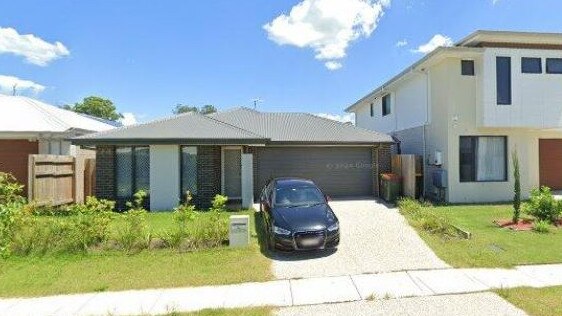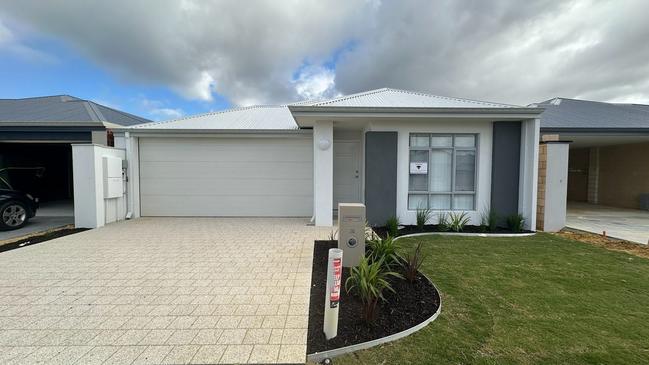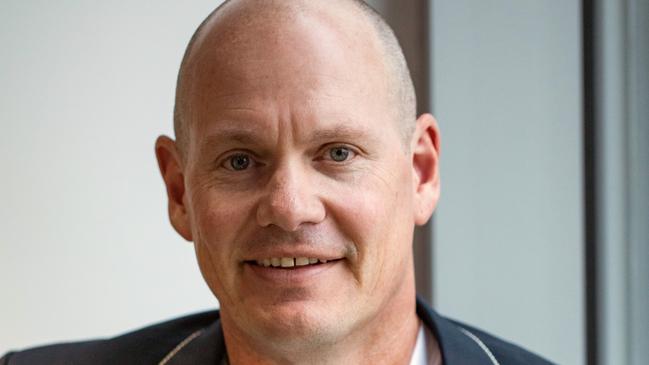Buying blind: How Aussies are beating crazy property prices
A couple who couldn’t afford to buy in their hometown have taken an alternative route that’s given them three houses they never intend to set eyes on.

A couple who couldn’t afford to buy in their hometown have taken an alternative route that’s given them three houses they never intend to set eyes on.
Matt Bull, a podiatrist, and his wife Christie, currently a stay-at-home-carer for their six-month-old, took the leap into buying sight unseen interstate and now have a portfolio of three houses worth $2.215m.
They are among a growing army of Aussies with no emotional attachment to property purchases, with buying ‘sight unseen’ par for the course for many property investors, according to real estate investment firm OpenCorp.
NEWS: How Aussie scored $17m empire via 17 homes
NRL star’s bold new move amid Broncos axing
Award-winning Brisbane trophy home’s massive 54pc price jump

OpenCorp CEO Cam McLellan said “these homeowners have not and don’t plan to ever see their investment properties” focused only on high rental yields and capital gain – something states like Queensland, Western Australia and South Australia still have in spades.
He said over 90 per cent of their investors in the past financial year bought sight unseen and most were interstate.
“The property is just a means to an end so we make sure our clients don’t get emotional about the property whatsoever,” he said. “Once we get our client’s head around that concept, they don’t care about seeing the property. They just want the results the property provides.”

Matt and Christie Bull decided it was better to be rentvestors, getting into the market as soon as possible, rather than chase a high deposit for a Melbourne home – so they sank their savings into their first home in Pallara, 19km from the Brisbane CBD.
They bought a $333,000 block of land in 2021 on which a four-bedroom house was built in 2022, according to property records. They spent $607,700 on that investment all up, with the most recent value at $880,000. Growth in the area mean values could push to $918m and as high as $1.07m, according to property estimates.
They rented the property out at $600 a week in mid-2022, pushing to $650 now, though suburb estimates could put it as high as $770 a week which would be a 28pc rise in two years.

They then bought land for two new builds in Western Australia in August last year – and in the space of one year have built two four bedroom houses – one of which hit the rental market at the end of August.
Their Hilbert property about 40km south of Perth in Armadale was a $169,000 block of land where they built a four bedroom, two bathroom house. It’s now listed as available for rent at $680 a week. The couple spent $514,990 on the property, which is below the median house price there ($575,000), with their valuation at $610,000 now - a massive $95,000 rise in a year.

Their second WA new build was on $248,000 block of land in Brabham, 20km north of Perth CBD, which received a building permit in February this year and is almost complete. All up they paid $604,990, with their valuation now at $725,000 for the property. That’s above the median house price in the Swan area ($622,500) where prices have jumped 21.8 per cent in the past year. The median rent there $700 a week, and the couple’s property will be aimed at $750.
Their purchase price for the three properties was $1.727m, with the portfolio now valued at $2.215m - a rise of $488,000.
“You don’t know what’s possible until you have a conversation with an expert,” Mr Bull said. “It often requires a mindset shift because we are conditioned to follow what our friends and family do.”

Their goal was to create passive income that will eventually give them the flexibility to choose whether to work or not.
“That will mean more time with our young family and the ability to share amazing travel experiences. We’re likely to have brought forward our retirement age by 10 years.”
“Very few people in Australia invest and even fewer do it well enough to build a portfolio. Learn from other people’s mistakes and align yourself with an adviser to help guide the process for you. We found OpenCorp and we have never looked back.”

Mr McLellan said they first got into business 19 years ago. “Every business has got a process involved, which gives you a measured outcome, but when people invest in property, they don’t use a process whatsoever to select the property or get the best tenant. We have a process for about 20 years which allowed us to find the best property regardless of the market cycle, at any point in time across every major capital city in Australia.”
“We’ve developed a process of elimination,” he said. “It’s not a finger in the air.”
“It’s the largest investment of people’s lives,” he said.
“We help our clients create a road map on exactly where they need to be and what amount of time. If they’ve got some set goals in eight or 10 years’ time, for example, that they need to meet, we work backwards from there for how many properties you need in x amount of time.”
“We’ve got a finance broking team which organises the finance for them, and we find and secure the best property based on their individual needs. We’ve got a property management team that then manages the property around Australia. And we’ve got a portfolio management team which guides the clients for life.”
“We work with our clients every six months and analyse their portfolio, teach them when it’s time to duplicate to reach those goals we talked about.”
His clients are from all over the world, including Aussie expatriates working as far afield as Dubai, the UK and the US.
“We do a number of checks on the property. We get two independent building inspectors to go out and do inspections on the property. That’s more than most people would do themselves.”
“We had clients buying through right throughout the pandemic. They were purchasing around $550,000 thereabouts, those properties are all valued between $950,000 and $1m now – basically doubled in value in about four years.”
“Our job is to match population growth forecasts with the amount of supply of affordable housing, and that’s why we’ve been able to beat the market consistently. It’s not rocket science, it’s complex but it’s commonsense when you think about it.”
Originally published as Buying blind: How Aussies are beating crazy property prices
